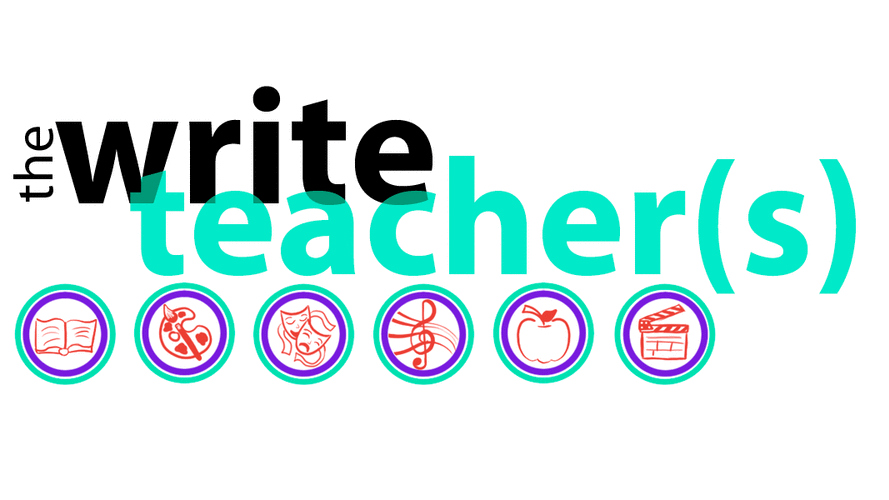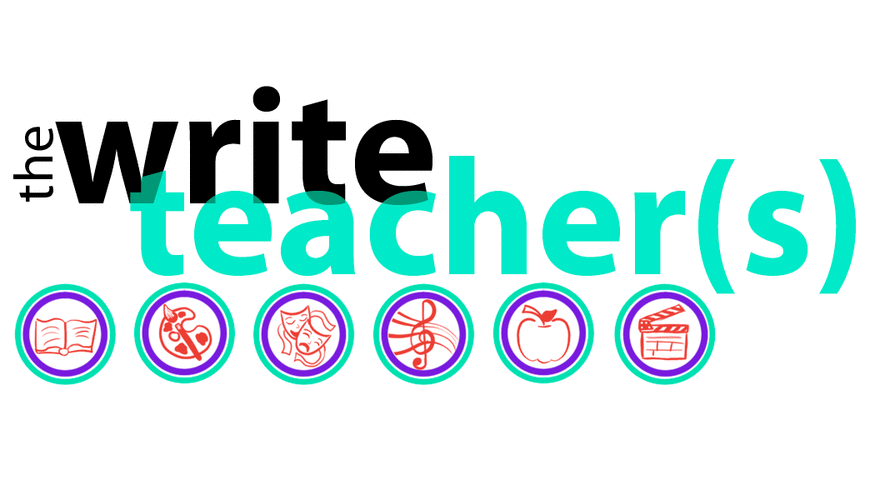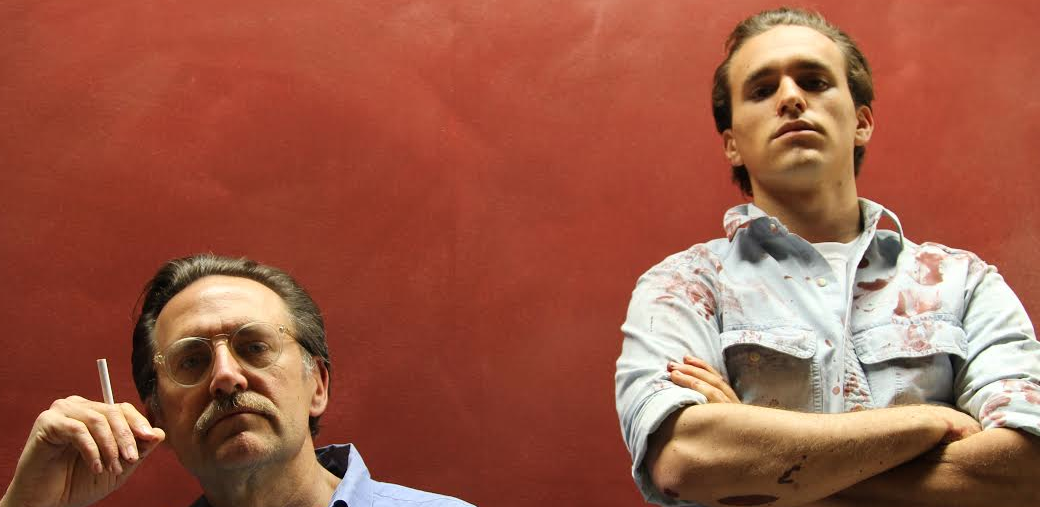Hello Beautiful People,
“Pretty.’ ‘Beautiful.’ ‘Nice.’ ‘Fine.’ That’s our life now! Everything’s ‘fine’. We put on the funny nose and glasses and slip on the banana peel and the TV makes everything happy and everyone’s laughing all the time, it’s all so goddamn funny, it’s our constitutional right to be amused all the time, isn’t it? We’re a smirking nation, living under the tyranny of ‘fine.’ How are you? Fine.. How was your day? Fine. How are you feeling? Fine. How did you like the painting? Fine. What some dinner? Fine… Well, let me tell you, everything is not fine!! HOW ARE YOU?!… HOW WAS YOUR DAY?!… HOW ARE YOU FEELING? Conflicted. Nuanced. Troubled. Diseased. Doomed. I am not fine. We are not fine. We are anything but fine.”
Oh. Goodness.
That just hit me like a ton of bricks.
A TON of bricks.
That is a quote from the play, RED, by John Logan. And it’s a line delivered by the character Rothko. And in the production of RED at Guild Hall of East Hampton last week, I watched Victor Slezak deliver that line as Rothko. I watched Christian Scheider play the role of Ken. I watched ninety minutes of brilliant acting directed by the incomparable Stephen Hamilton, and I’m still talking about it, a week later.
For those of you who are not familiar with this play, allow me to bring you up to speed –
RED is a Tony Award winning play written by John Logan. Set in 1958, this two-person drama focuses on master abstract expressionist Mark Rothko who has been commissioned to create a series of murals for the Four Seasons Restaurant scheduled to open in the architecturally revered, brand new Seagram Building. The play takes place over two years as Rothko works feverishly in his Bowery studio with his young assistant, Ken. Throughout the play, the two passionately debate the nature of art and why it matters.
Raw and provocative, RED is at once a searing portrait of an artist whose ambition, vulnerability and integrity collide.
Being onstage, for ninety minutes, without an intermission, with an audience of 75 people in the round, is the artistic equivalent of climbing Mount Everest. It’s hard. It’s vulnerable. You’re putting yourself out on the artistic sacrificial platter with a magnifying glass that is firmly attached.
And I am in awe of Scheider and Slezak, and I bow at the brilliance that is director Stephen Hamilton. For they created a world in which we, the audience, were completely submerged into 1958. I was in the Bowery Studio with them. I felt the struggle of Ken coming to terms with his own independence and career in Manhattan, while simulteaneously trying not to let the tragedy of his past define his future. My heart broke for Rothko at times – for it’s a terrible thing to feel as though you’re being cast aside and that your time is up. It’s a terrible thing to feel as though your work, the work that you put your blood and sweat and tears and heart into is not appreciated. Understood. Realized.
RED is about an artistic journey, yes. But it’s about so much more than that. It resonates on a basic, human, primal need, irrespective of one’s profession – the need to be loved. To be appreciated. The need for legacy. The need to leave a footprint that will withstand the ocean waves passing over the sand.
But, at what costs will you leave such a footprint?
Well, therein lies the story behind this play.
Go see this masterful piece of theater. I promise, you’ll love it.
But your tickets here.
Live, Love, Learn,


